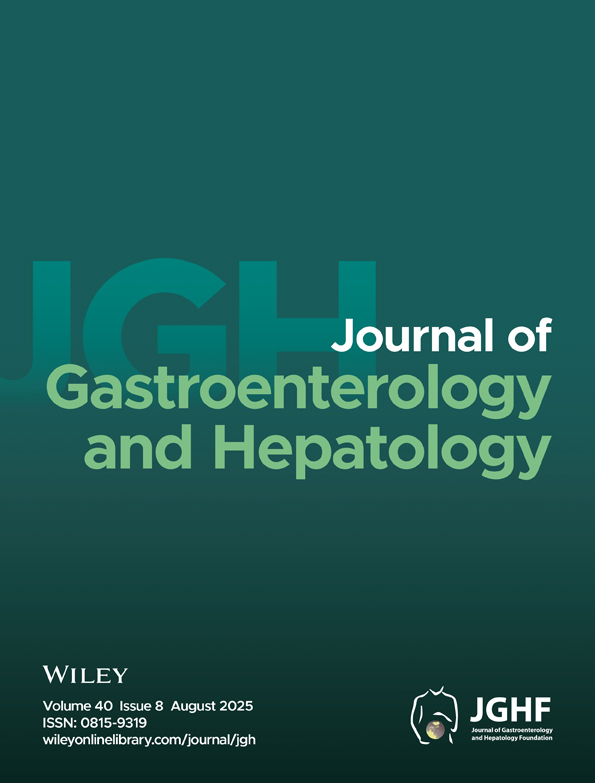Functional mechanism underlying cyclooxygenase-2 expression in rat small intestine following administration of indomethacin: Relation to intestinal hypermotility
Abstract
Background and Aim: We recently reported that cyclooxygenase (COX)-2 is upregulated in the rat small intestine after administration of indomethacin, and this may be the key to non-steroidal anti-inflammatory drug (NSAID)-induced intestinal damage. The present study investigated the mechanism for COX-2 expression induced in the rat small intestine by indomethacin, in relation with ulcerogenic processes.
Methods: Animals were given indomethacin or SC-560 p.o., and the intestinal mucosa was examined 24 h later.
Results: Indomethacin caused hemorrhagic lesions in the small intestine, accompanied with an increase in intestinal motility, bacterial invasion and inducible nitric oxide synthase (iNOS) activity, as well as the expression of COX-2 mRNA in the mucosa. Although SC-560 did not cause any damage, this agent caused intestinal hypermotility, the bacterial invasion and the upregulation of COX-2 expression. The mucosal PGE2 content was decreased by SC-560 at 3 h but recovered 12 h later, and this recovery of PGE2 was attenuated by both atropine and ampicillin, in addition to rofecoxib. The intestinal hypermotility response to indomethacin was prevented by both 16,16-dimethyl PGE2 and atropine, but not ampicillin. Yet all these agents inhibited not only the bacterial invasion but also the expression of COX-2 and iNOS activity in the intestinal mucosa following indomethacin treatment, resulting in the prevention of intestinal lesions.
Conclusion: These results suggest that COX-2 expression in the intestinal mucosa following the administration of indomethacin is associated with intestinal hypermotility and bacterial invasion. The intestinal hypermotility caused by COX-1 inhibition may be a key to COX-2 expression after administration of NSAIDs and their intestinal ulcerogenic properties.




